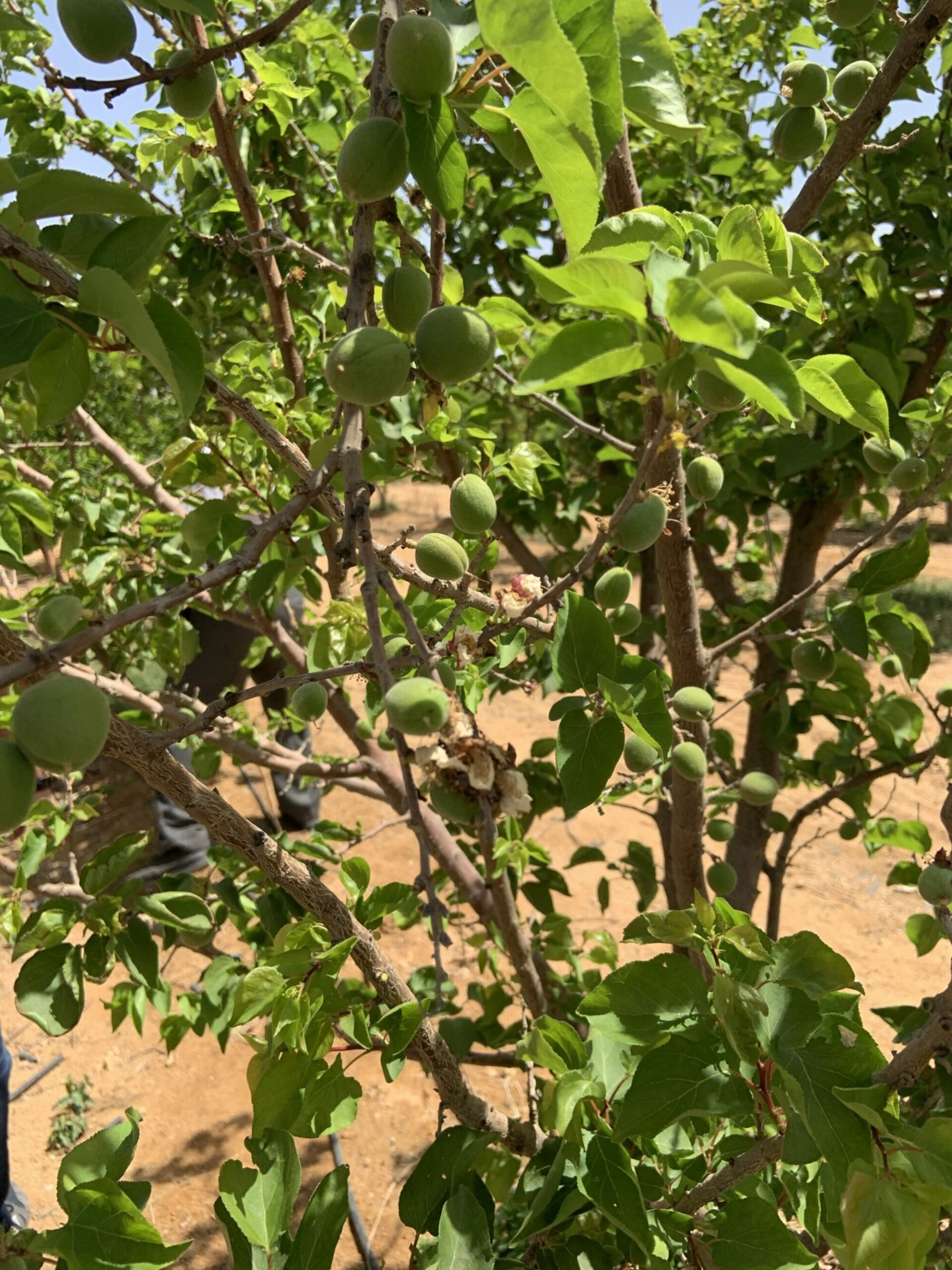Over the last century, agriculture has changed significantly towards specialized monoculture. In some regions of the world, the nutrient which the crops require is coming for 100% from artificial sources wherein someplace there is still the habit to feed the plants with animal manure. Crop rotation is also accepted in most parts of the world as an important aspect to sustain crop yields.
Meanwhile, new initiatives are emerging, Agroforestry which is a well-accepted practice in the coffee and cocoa is sector, but rather rare elsewhere. Animal grazing in (extensively managed) orchards is not unheard of and in Australia goats and sheep are used to manage bushfires.
But a true – commercial – integration of trees, animals and annual crops is still very rare. This is strange since scientific evidence proves that the natural systems are more productive than commercial monocropping, without any external inputs!
| Ecosystem | Mean Net Primary Production per Unit Area (g/m2/yr) |
| Tropical rain forest | 2000 |
| Temperate forest | 1250 |
| Temperate grassland | 500 |
| Cultivated land | 644 |
| Desert shrub | 71 |
| Hybrid corn | 1000 Source still to be cited. |
This is logical since primary production = photosynthesis. And the more leaves you have on your farm the more primary production you have. Additionally, you must maximize the number of roots in the soil to optimize nutrient uptake from the soil and finally you must diversify to optimize the nutrient rotation on your farm.
Additional benefit of this type of farm is:
- Increased biodiversity
- Drought & Flood resistant
- CO2 sequestration
- No NOX –gas emissions
- No need for chemicals, fertilizers, herbicides, pesticides, fungicides, hormones, antibiotics, etc.
The result is a financially viable climate-smart farm ready to face the future. However, it takes time, trial, and error to develop such a farm and there is no fixed recipe. Every climate, soil, farmer and market requires a different approach to develop such a farm.
